
This is where you find all our press releases and news articles.
Generally speaking, the 1-20t/h wood pellet production line price is between US$50,000-2,800,000. Many wood pellet making machine manufacturer keeps confidential about the price of wood pellet production line. However, it is actually possible to give the range of wood pellet production line price.
At present, RICHI wood pellet production line equipment has been exported to Germany, France, Austria, Netherlands, Romania, Iceland, Portugal, Spain, Poland, Albania, Slovakia, Czech Republic, Macedonia and other European countries.
Below RICHI will show you in detail the wood pellet production lines prices with different outputs and schemes. The price range given below is calculated based on the prices of the plans we have actually done. Since many customers have special wood pellet technology and processing requirements, if this is the case for you, please contact us directly to customize a plan that suits you.
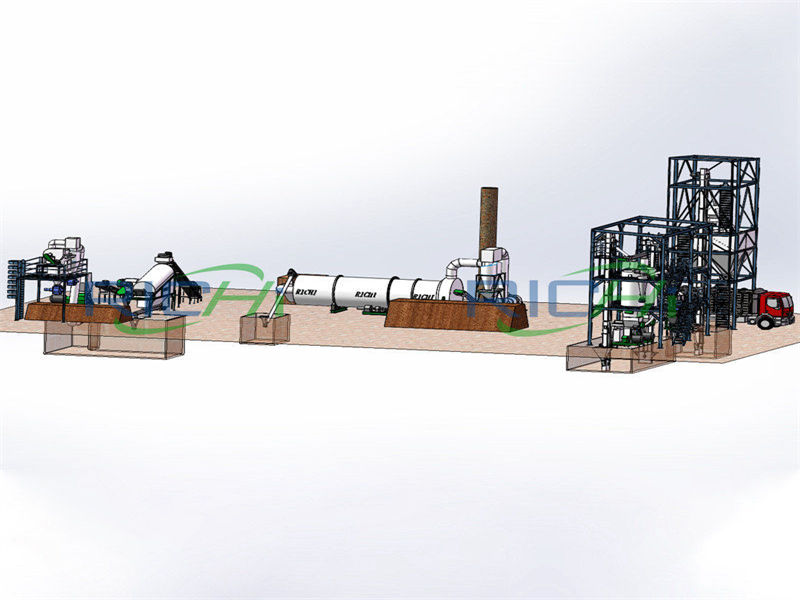
1-1.5T/H wood pellet production line price: 50,000-200,000USD
This pellet production line is suitable for small-scale production and is suitable for wood pellet processors who are just starting out. We have exported 1-1.5t/h wood pellet lines to Iceland, Romania, Spain, Indonesia, Congo, Brazil, Moldova and other countries.
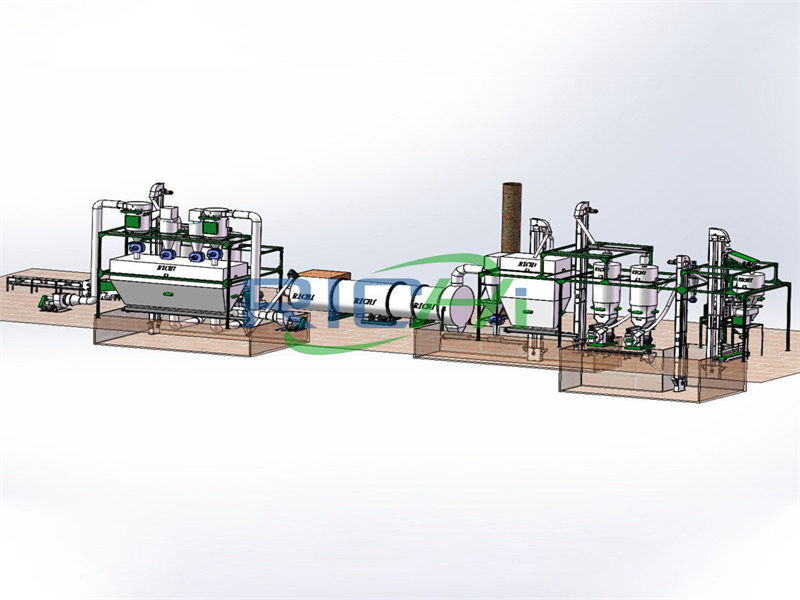
2-2.5T/H wood pellet production line cost: 70,000-280,000 USD
The investment cost of the production line of this output is not high, which is suitable for the wood pellet processor who is just starting out, and also suitable for the experienced small-scale wood pellet processing plant. At present, we export the most 2-2.5t/h projects, including Germany, the Netherlands, Poland, Singapore, Romania, Australia, South Africa, Canada and other countries.
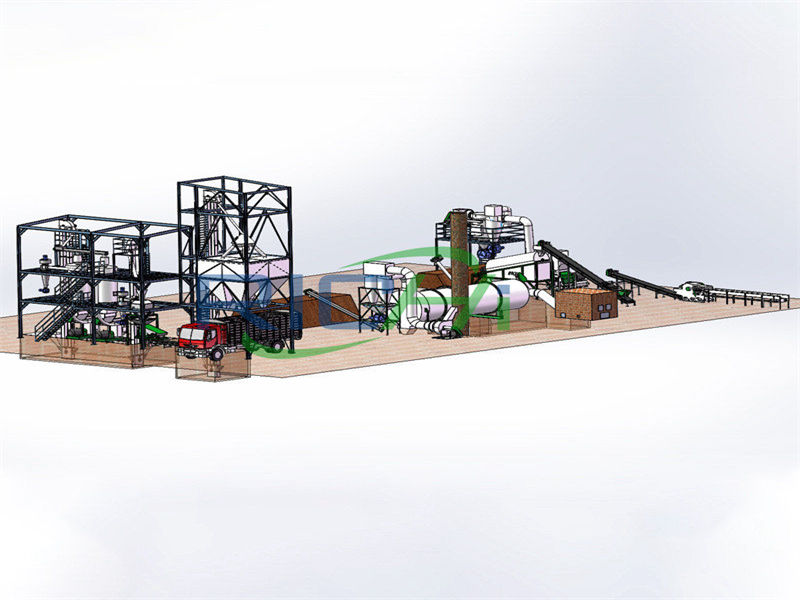
3-3.5T/H wood pellet production line price: 100,000-380,000 USD
According to the needs, you can choose a high-configuration wood biomass pellet production line or a low-configuration wood pellet production line, and you can also choose the degree of automation of the pellet production line. At present, we have exported 3-3.5t/h pellet production lines to Canada, Romania, and other countries.
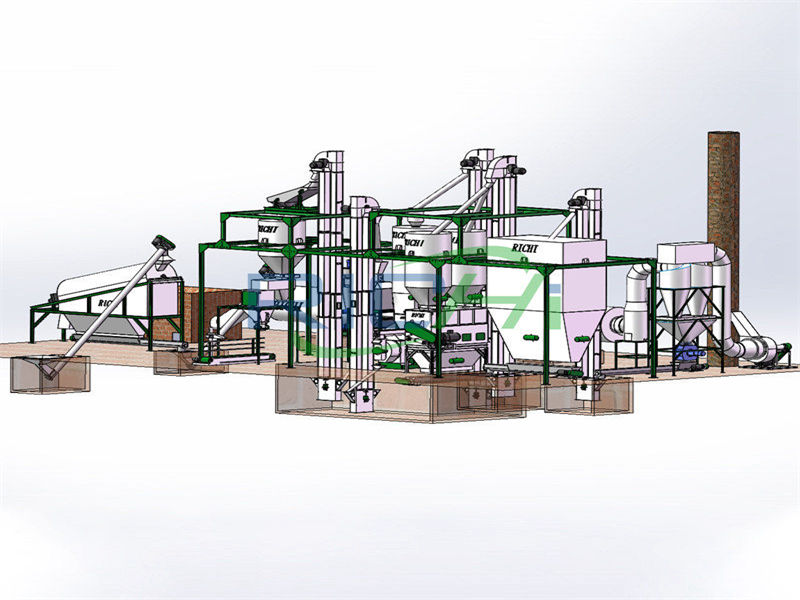
4-5T/H wood pellet line price: 120,000-450,000 USD
As far as general wood pellet production is concerned, the output of 5 tons per hour is not small, and the investment is relatively high. But because the raw materials of customers are very different (some are tree trunks, some are sawdust), so the equipment configuration is also very different. At present, we have exported 4-5t/h wood pellet production lines to Austria, Argentina and other countries.
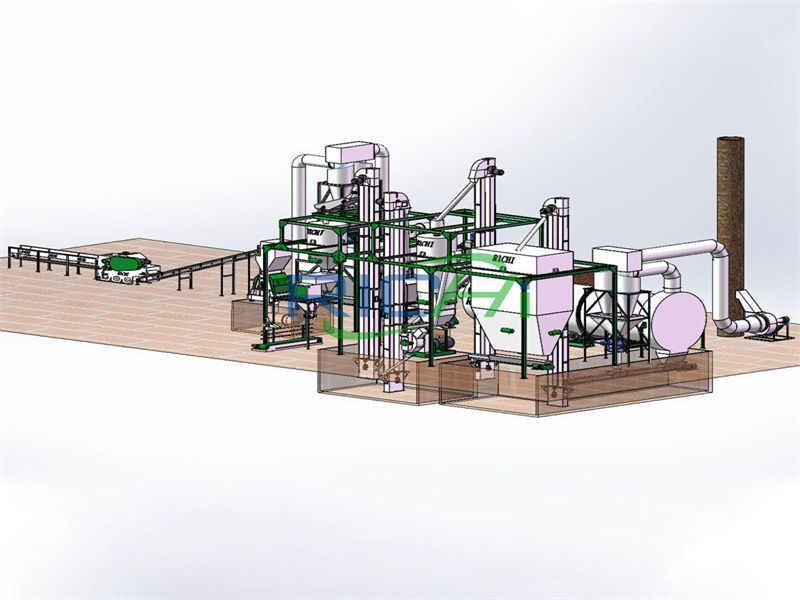
6-7.5T/H wood pellet production line price: 150,000-600,000 USD
6-7.5T/H wood pellet production line is very suitable for well-funded wood pellet processors. At the same time, such production lines also require sufficient raw materials. At present, we have sold 3 6-7.5t/h production lines in China. According to customer feedback, the production line works very well. And these production line products have passed the EU ENplus certification.
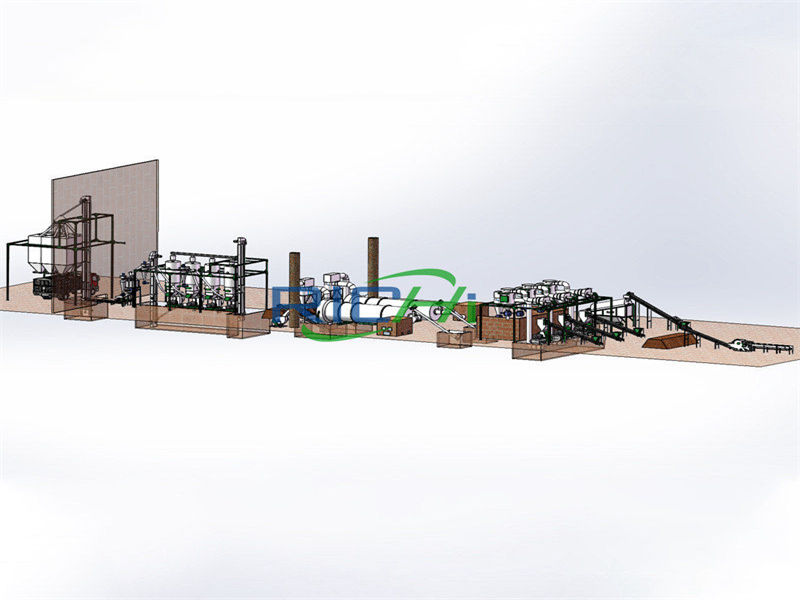
8-10T/H wood pellet line price: 250,000-1,100,000USD
8-10T/H wood pellet production line is already considered the scale of medium and large wood pellet processing. Generally speaking, wood pellet processors of this scale generally do not choose simple equipment configurations. Currently, we export pellet production lines of this capacity to the United States and China.
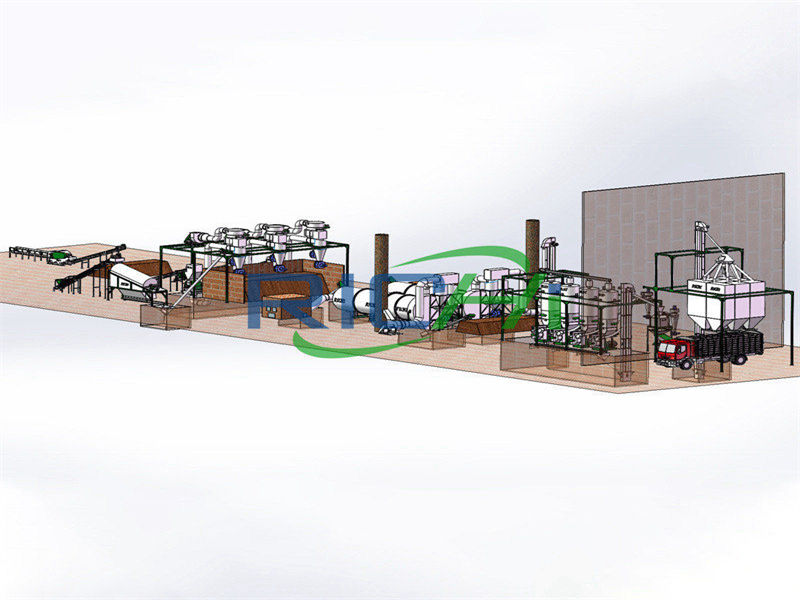
12-15T/H wood pellet production line price: 320,000-1,300,000USD
This type of system is a large-scale wood pellet processing system, and there are many kinds of wood raw materials that can be used. Most customers use a variety of waste such as tree trunks, sawdust, wood chips, etc. The system has a high transaction volume and is suitable for enterprises to invest.
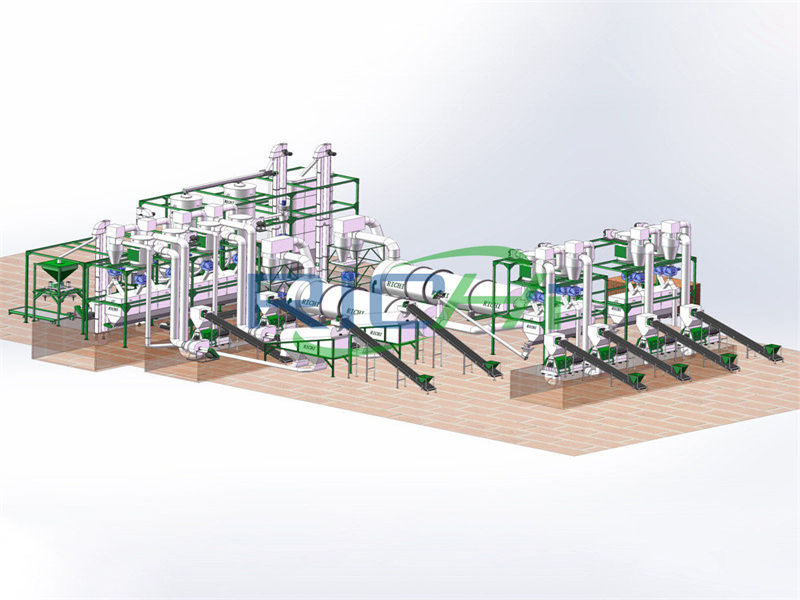
15-20T/H wood pellet production line price: 380,000-1,500,000 USD
This type of system belongs to the industrial wood pellet processing system, and there are many design process schemes. Usually this kind of large-scale production line, in addition to wood raw materials, customers will also add raw materials such as straw, rice husk, efb, etc. to ensure the sufficiency of raw materials for pellet processing. But if only waste wood is used, then we must pay attention to the sustainability of raw material supply.
Do you feel that the price range is very large? In fact, this is normal, because each customer's needs correspond to different capacity wood pellet production line equipment configurations, and the differences may be very large.
The simplest wood pellet production line system can only consist of wood pellet machine and conveying equipment. The most complex wood pellet production line system generally includes a complete set of equipment from wood splitters to packaging machines (because the pre-treatment system of raw materials will be more complicated).
For example:
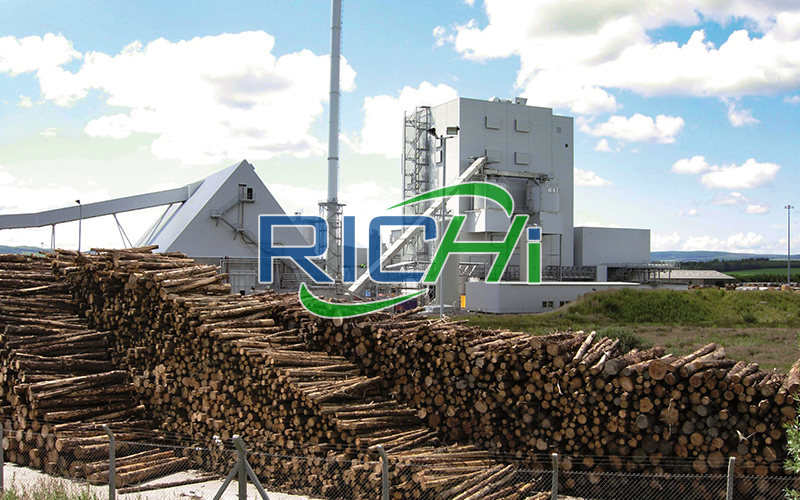
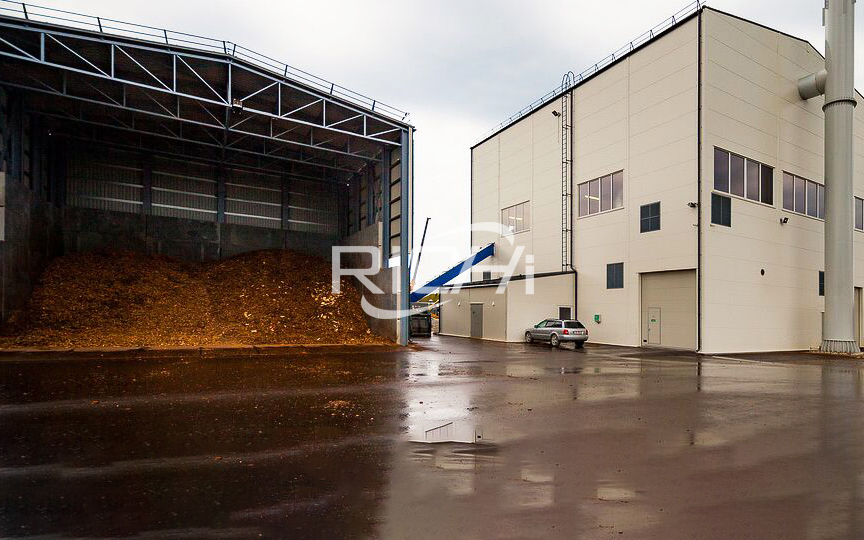
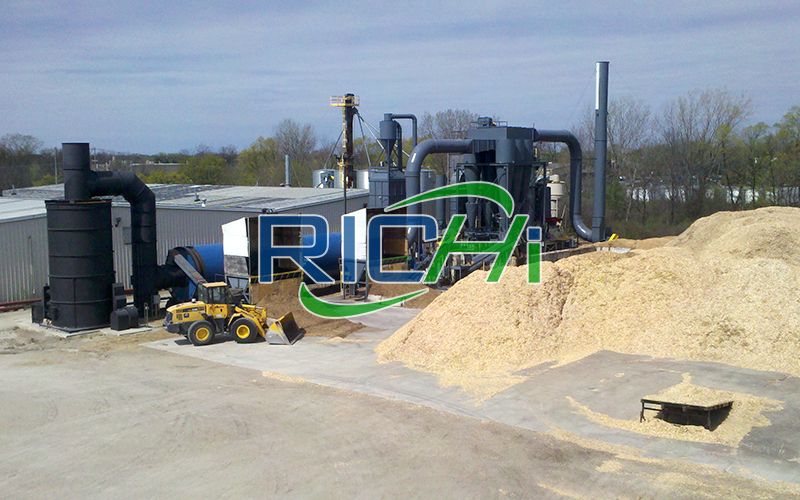
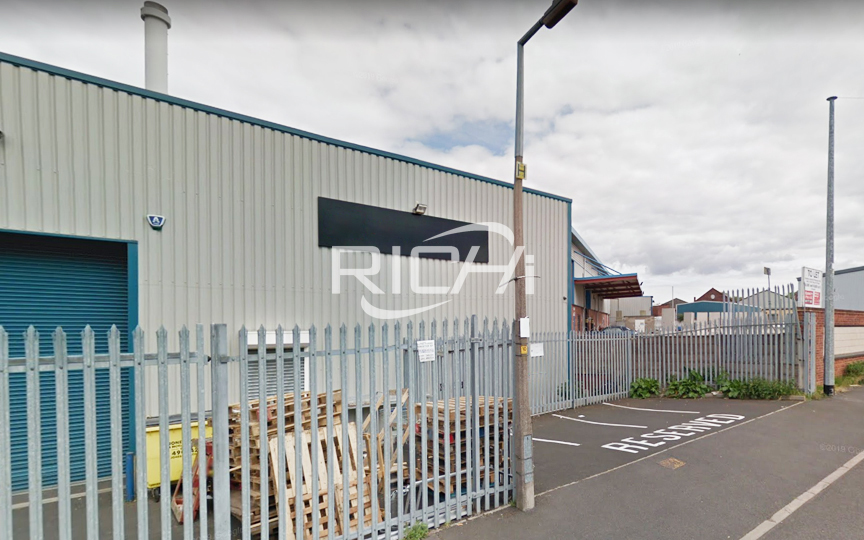
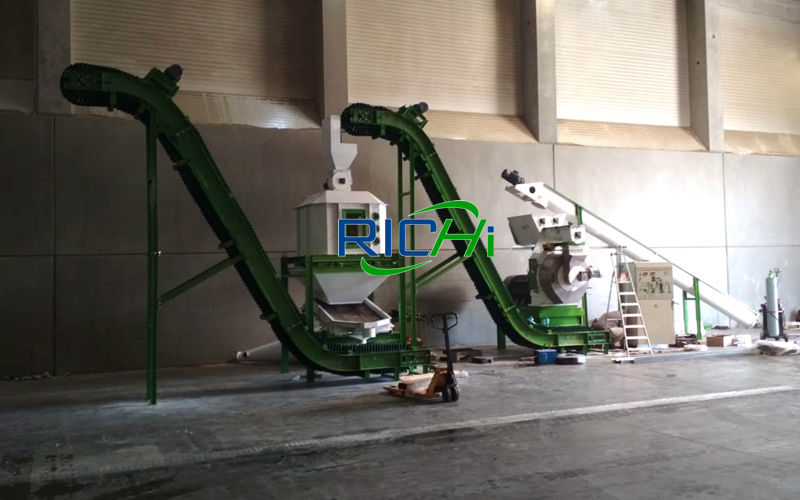
Europe is the largest pellet consumer in the world with 27 million tons of pellets being consumed annually. It is significant region who is net importer of pellets in the world, namely, the EU28. Even from this point alone, it is very good to start wood pellet processing in Europe.
Wood pellets are made from dried and densified sawdust, shavings or wood powder. Pelleting is currently the most economic and energy saving way to convert biomass into a fuel with high energy density and consistent quality. For this reason it is one of the The fastest growing forms of upgraded biomass in Europe and worldwide.
01
Wood pellet processing in Europe
02
Wood pellet consumption in Europe
From the above, it can be seen that wood pellet processing in Europe is very promising. If you also want to start your wood pellet processing business, please contact us to inquire about the price of wood pellet production line and get related solutions!
Wood pellets feature a decisive advantage: they use renewable raw materials. Pellets can be obtained from various types of biomass including industrial wood waste and co-products, food waste, agricultural residues, energy crops, and fruit shells. However, wood pellets are the most common type of pellet fuel and are generally made from compacted sawdust and related wood processing residues, as well as tree tops and branches discarded during logging and thinning operations.
If made from roundwood, the full range of steps involving debarking, chipping, drying, and hammer milling must be done. Residues require less preparation because they are already much reduced in size and are mostly bark-free. Producers avoid using sawtimber for industrial wood pellets because it costs 6 times more than waste and pulpwood. It is simply not economical to use sawtimber for wood pellets.
Regarding the resources available, Europe benefits from a long and well-established forestry culture that allow the production of wood pellets to come from sustainable and well-managed forests. Often unknown from the general public, timber stock across Europe has been increasing for the past decades, despite its use as construction timber, for paper manufacturing, and an energy source.
With different capacity and scale, the price of wood pellet production line must be different; however, even with the same output, the equipment configuration of the production line will be different due to different raw material types and physical characteristics.
If you want to get an accurate wood pellet production line price, please try to explain your raw material situation as accurately as possible when consulting us.
The fast development of wood pellets has pushed stove and boiler manufacturers to adapt their equipment to reap the benefit of this fuel. As such, a great deal of technical innovation has occurred, improving installations’ thermal efficiency, grip, reliability and maintenance. Faced with such a great diversity of appliances, it can be sometimes difficult for an individual or a company to find its way.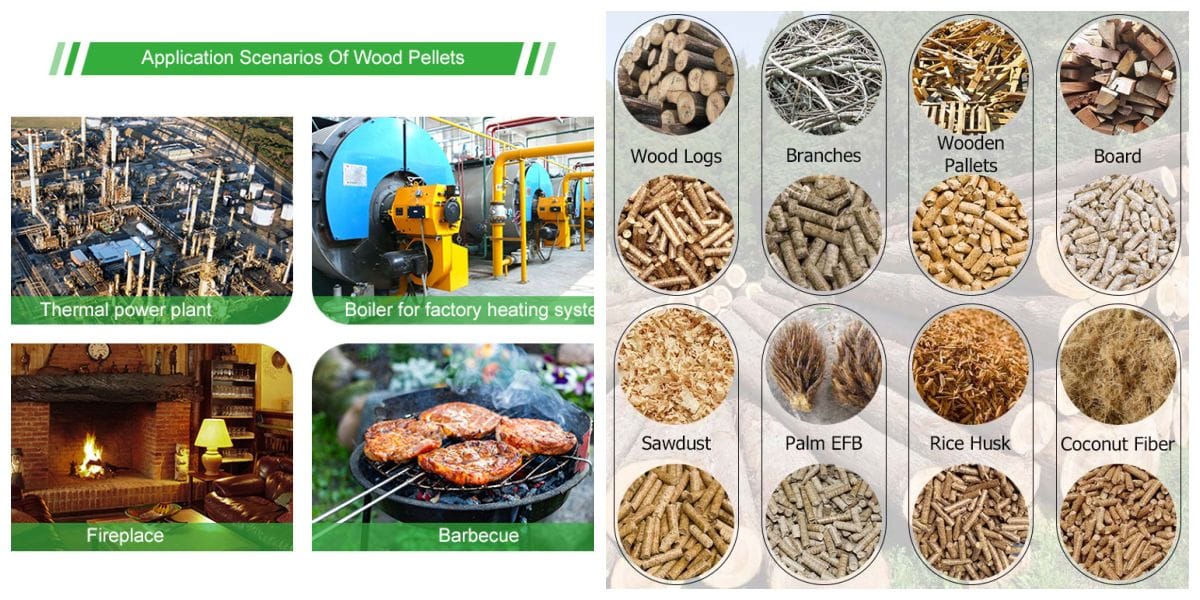
In general, one can differentiate two main types of appliances: wood pellet stoves and wood pellet boilers. A wood pellet stove is a local space heater made for generating heat in the room it is located. In some cases, a hot air circulation system can be installed for heating up several rooms. A wood pellet boiler is made for heating up the water of the central heating system. Pellet boilers can be fully automatised with large capacity storage allowing at least one year of range.
There also exists hybrid appliances where a stove, in addition to heating the room it is located, can heat up the hot water system of a house, contributing to or in some cases replacing the central heating system.
According to the application of sawdust customers, you can determine your own customer groups in the future. Whether you are small-scale pellet processing or large-scale pellet processing, welcome to contact us to customize your pellet production line plan and get the wood pellet production line price!
In Europe, wood pellets are mostly produced from sawdust, wood shavings and other woody byproducts. Traditionally, production units are located on or nearby sawmills and other wood processing sites, representing complementary outlet for these plants. In this context, a first crucial step for producers consists of grinding and drying the moist wood residues.
The energy needed for this is mainly made available by the burning of bark or any low quality wood, which likewise accumulates on site. In many cases, not only is heat produced by burning the bark, but also electricity that can be optimally used to run unit.
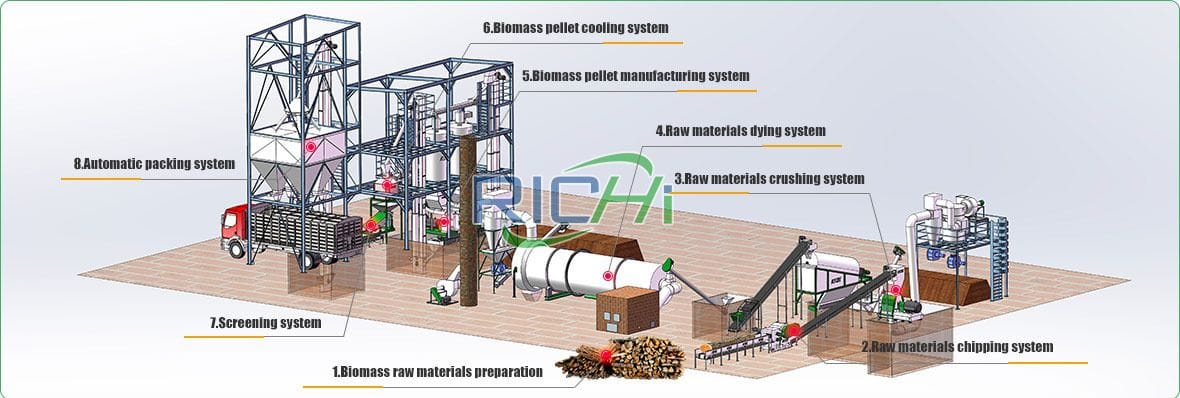
After the residue is dried, it is fed into a pellet mill. Within the mill, dry woody materials are squeezed through a die with holes of the required size (normally 6 mm diameter, sometimes 8 mm or larger) called a matrix.
The high pressure of the press causes the temperature of the wood to increase greatly, causing the surface to plasticise slightly to form a natural “glue” that binds the pellet together as it cools. To facilitate the pressing process and improve quality parameters, small quantities (max. 2%) of natural binder such as starch can be added, but no glues enter the composition of wood pellets.
Newly compressed pellets are now ready to be cooled and sieved to remove any residual particles. Finally, wood pellets can be stored and/or bagged prior being delivered to end consumers.
Mostly an integral wood pellet production line in Europe is composed of wood chipper/skiving machine, hammer mill, conveyor, wood dryer, cooler, wood pellet machine and package machine. In fact, except the main wood pellet mill, not all other auxiliary equipment is essential for a wood biomass pellet plant.
You should drop one or two equipment depending on your production scale and make your own customized pellet plan. For small pellet production plan, you can drop some kind of wood pellet line equipment to save money.
We will customize the pellet production line plan for customers based on various factors such as customer needs, budget, plant area, and raw material characteristics. Usually we will provide customers with a variety of options, and these different production line designs also correspond to different wood pellet production line prices. Customers can also choose the final plan according to their own budget.
The following is the detailed process flow of the standard wood pellet production line:
01
Raw Materials Preparation
02
Reception and intermediate storage of the sawdust
03
Drying and possibly intermediate storage again
04
Screening for foreign materials such as stones and metal.
05
Hammer-milling and possibly intermediate storage
06
Making the wood pellets
07
Cooling of the pellets
08
Storage and bagging
Richi Machinery is an engineering company specialized in designing, manufacturing, engineering, installation and commissioning of the turn-key project in this fields. We hope we can co-operate with your esteemed company, and hope this is a good start for such a promising mutual beneficial course.
Regarding to different inquiry,in order to give the right wood pellet production line design and wood pellet production line price, please give us the information below:
Having the right mix of reliable, high-quality pellet machine and pelletizing systems and expert support is essential to your success. Watch how our end-to-end feed pellet plant solutions have helped our customers optimize their performance.
Our customized and future-proofed turnkey pellet plant solutions is designed with you at the core. From vision to reality and beyond, our team stays connected with yours. Giving you peace-of-mind with an expert at your side.

At RICHI, we go beyond project completion. With RICHI Servicee, we’re your dedicated partners in success. Count on us for expert guidance, minimal downtime, and optimized productivity. Choose RICHI for unmatched service and support.



Meet global product demands and quality standards with industry-leading pellet plant design, engineering, equipment, and construction services for pellet processors.


Your Partner Beyond Project Completion
2000+ cases
RICHI is the leading designer, manufacturer and builder of pellet plants in the world, completing over 2000 projects in 140 countries across 6 continents.
Read More
Increase plant productivity, profitability, and safety by integrating high quality equipment into your pellet production line. Over the years, RICHI has become China's top pellet equipment manufacturer. At the same time, RICHI has established valuable partnerships with the world's leading component and raw material manufacturers to bring you the best there is in technology, automation, and efficiency in pelleting plant machinery.

For nearly 30 years, RICHI has been providing best-in-class pellet plant equipment and services to clients across a variety of industries, sizes, and needs. We pride ourselves on the knowledge and skill that each team member possesses – from our technical sales team to our process design engineers. You can count on RICHI Machinery to take your operation to the next level of innovation, quality, and success.
Need help with your pellet manufacturing plant project? Contact us today.
ANIMAL FEED
BIOMASS
WOOD
ORGANIC FERTILIZER
AQUA FEED
CAT LITTER
MUNICIPAL WASTE RECYCLING
SPECIAL PELLET PRODUCTION
RICHI Machinery continues to deliver world class pellet mill equipment, pellet plant engineering and project solutions that add value to our customers in the animal feed, wood waste, agriculture waste, organic fertilizer, cat litter and special pellet products industries. Throughout the years, we RICHI Machinery have built strong brand, becoming industry-leading pellet machine manufacturer. We value integrity, promise quality, and prioritize your success.
Learn MoreWith our expert team, we precisely implement your process engineering requirements in pellet mill and pelletizing plant systems. No matter which industry you’re in – we understand your needs and deliver solutions that meet the highest standards.
At RICHI, quality comes first. Our pellet making machine and related pellet line equipment undergo rigorous quality controls to ensure they meet the highest standards. Rely on products that are durable, safe, and efficient.
With decades of experience in pellet machine and pellet production line production, we have earned a reputation as a trusted partner in various industries. Our expertise allows us to cover a wide range of applications.
Not only do we offer premium pelleting equipment, but we are also experts at designing, building, installing, and maintaining facilities from the ground up. Our expertise is within pellt plant process design, discovering the most efficient, productive, and profitable way to handle your materials in an end-to-end cycle.

Keeping in touch with us is an effective way to solve all your problems. If you have any needs or questions, please leave your contact information, then RICHI technical consultants will send design, quotation, videos to your mailbox. You can also contact us directly via WhatsApp: +86 13838389622
Copyright©2015-2024 by HENAN RICHI MACHINERY CO., LTD. All rights reserved.